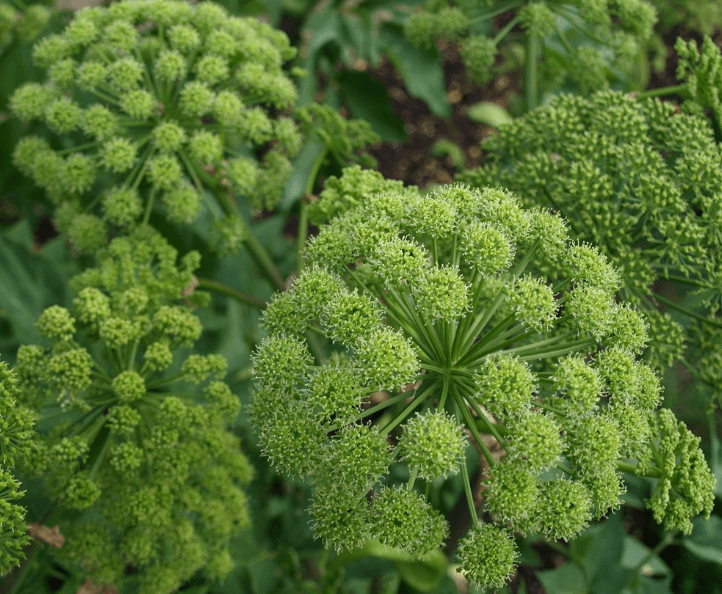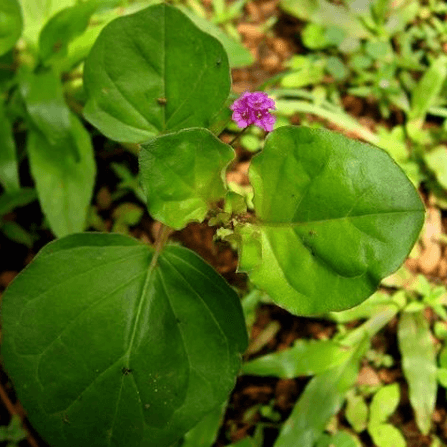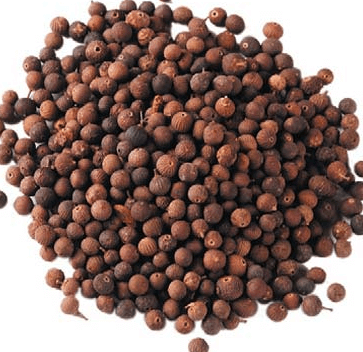Vasa, वासा Medicinal Benefits

Botanical Name-Adhatoda vasica
Common Name-Adhusa
Family-Acanthaceae (Vasa Kul)
Habit-A dense shrub (4-8 ft. in height)
Properties
Property-Lightness, dryness
Taste-Bitter, fragrant
Potency-Cooling
Metabolic Property-Pungent
Specific Property
- Kaph-Pitta-Samak
- Haemoptysis
- Anti-tubercular
- Bronchial sedative
Parts used-Root, Leaf, Flower

Description-The plant grows in plains and in lower Himalayan ranges upto 1000 m above sea level. It is a small evergreen, subherbacious bush. The Leaves are 10 to 16 cm in length, minutely pubescent and broadly lanceolate.
The inflorescence is dense, short pedunculate, bractate and spike terminal. The corolla is large and white with lower lip streaked purple. The fruit is a 4-seeded small capsule.
The leaves are rich in vitamin C and carotene and yield an essential oil. The shrub is the source of the drug, well known in indigenous systems of medicine for its beneficial effects, particularly in bronchitis. The leaves, flowers, fruits and roots are extensively used for treating cold, cough, whooping-cough, chronic bronchitis and asthma.
Dosage— Expressed Juice of leaf -1-2 tola
Powder of root bark -2-5 ratti
Decoction of root -4-8 tola
Uses
- As Rasayana-Oil cooked with the decoction or vasa root should be taken. It promotes intellect and life span.
- In acute and chronic laryngitis-Decoction of Vasa, Kantakari Nagarmotha Sunthi should be used.
- In Cough & Asthma-Decoction of Vasa. Draksya, Haritaki mixed with honey & sugar.
- In P.T.B.—Used Vasa ghrit, if haemoptysis
- In Asthma—the dry leaves of Vasa and Dhatura are smoked in cigarette form.
- In Intrinsic hemorrhage-Expressed juice of Vasa with honey should be taken.



